
In August 1624, large parts of the old city of Oslo were reduced to ashes. Get to know the new city that emerged.
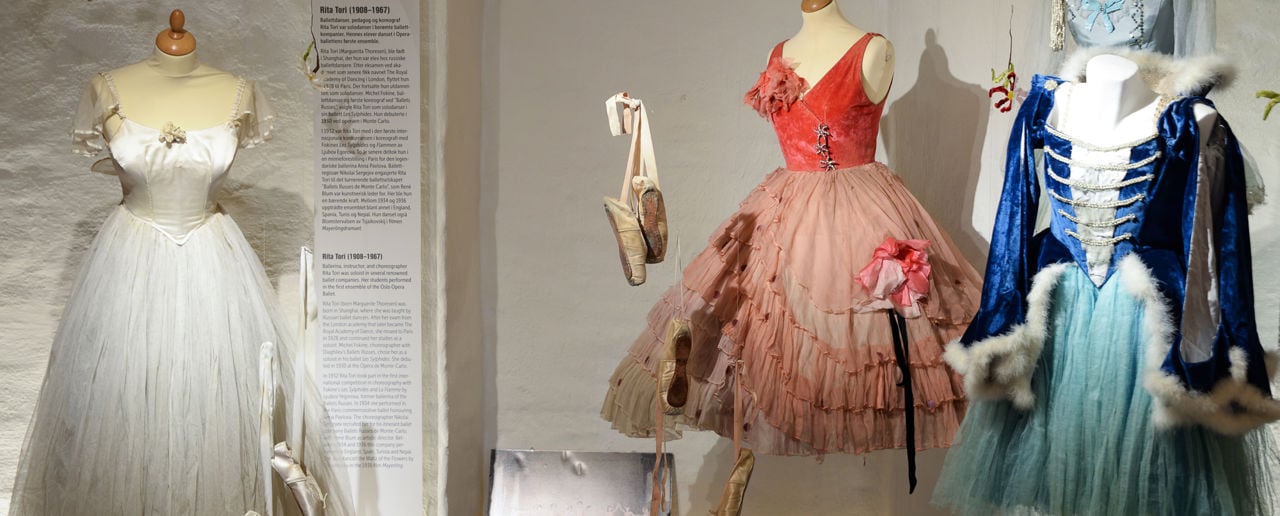
Discover treasures from our collection of costumes and stage design models, spanning from 18th century Christiania through interwar Paris and up to our own time.
The Theatre Museum, Halvdan Svartes gate 58
Permanent exhibition
On stage, anything is possible! Through the illusions made by the actors and the audience’s imaginations, time and space are transformed: an ordinary woman becomes a supernatural being, and decorative buttons turn into gems.
In this exhibition, you can see original props and costumes used in historical plays by well-known writers such as Ludvig Holberg and Bjørnstjerne Bjørnson. Original stage design models from productions of Ibsen and Shakespeare plays demonstrate how scenography has changed over time.
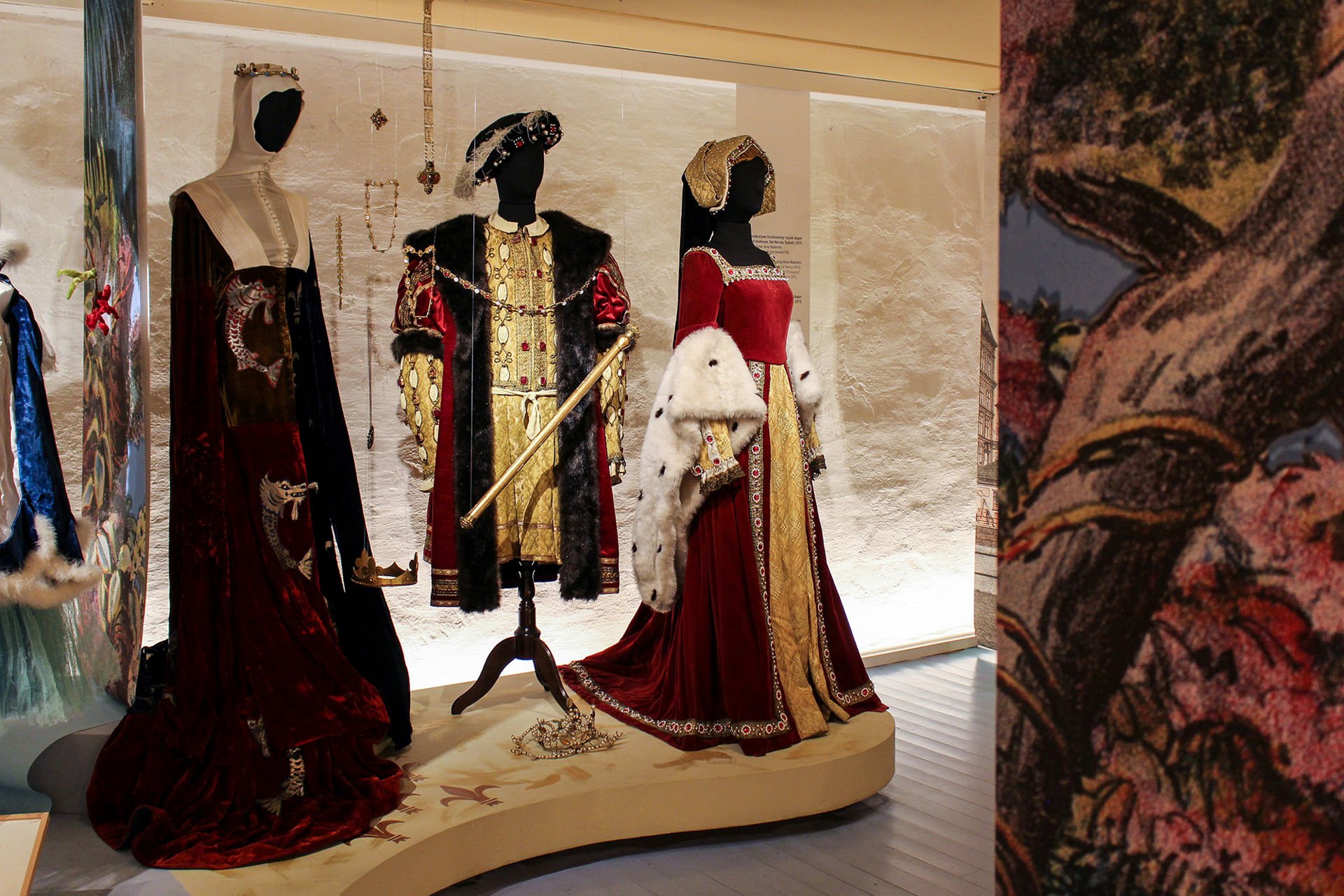
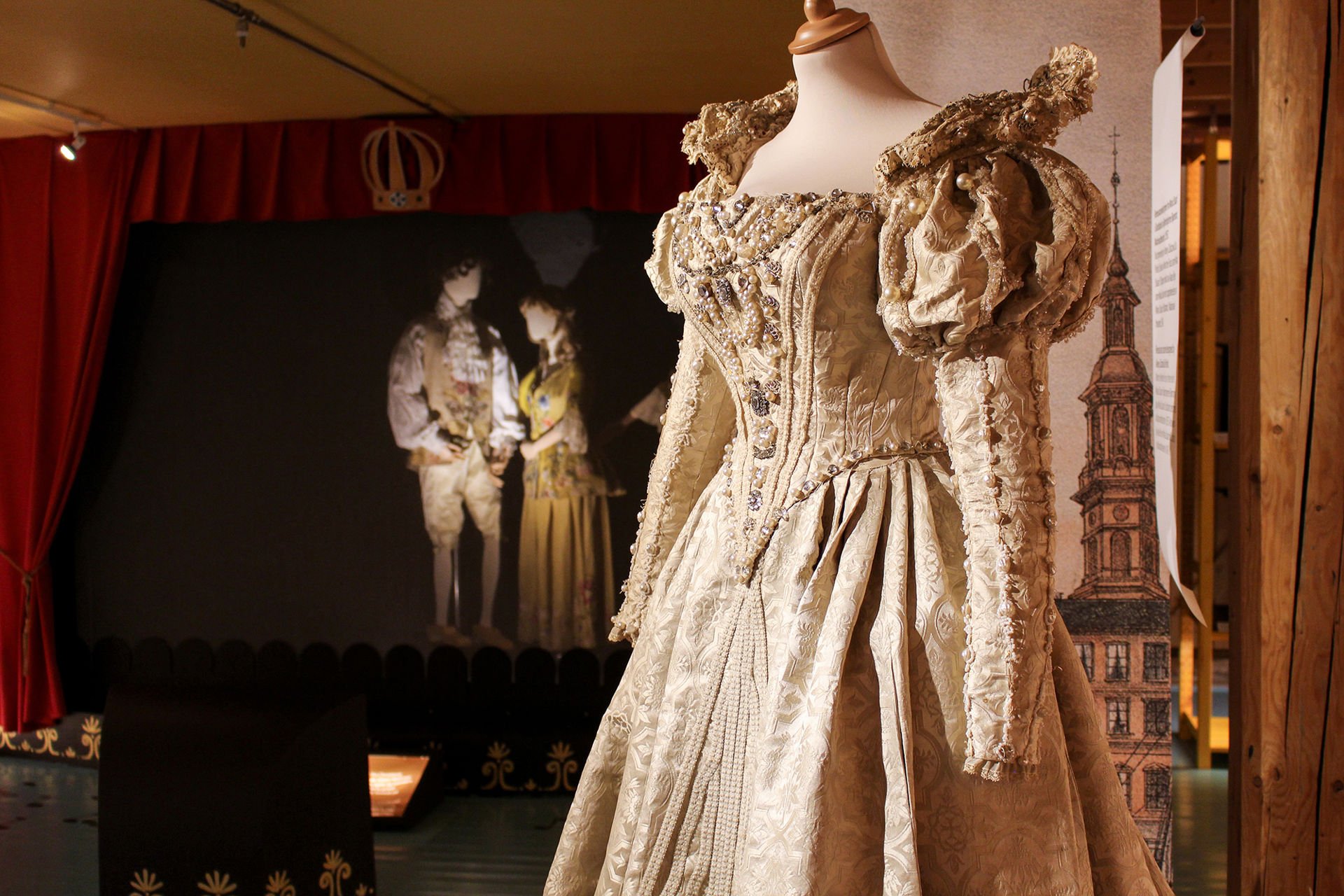
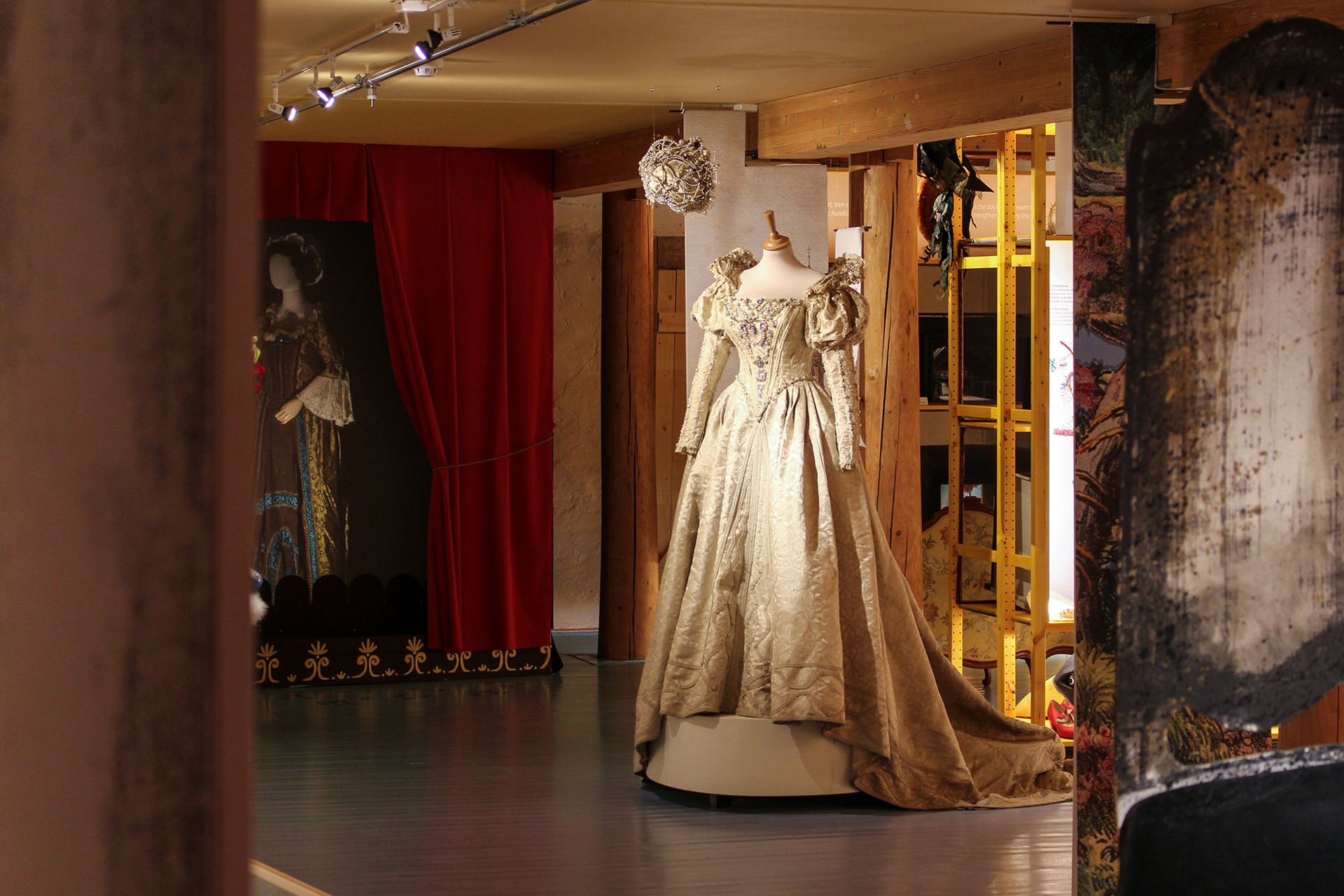
Tuesday and Wednesday: 11am–4pm
Thursday: 11am–6pm
Friday, Saturday and Sunday: 11am–4pm
Adults: NOK 120,-
Students: NOK 60,-
Children and youth (under 26): Free admission
Free admission for everyone on the first Thursday of the month.
Tickets include entrance to the Museum of Oslo and the Theatre Museum.
Address: Halvdan Svartes gate 58, 0266 Oslo
Take tram 12 or bus 20 to Frogner plass, or all subway lines to Majorstuen

The Theatre Museum is located in the Frogner Park together with the Museum of Oslo. Here, you can learn about Oslo’s theatre history and discover treasures from the stage. See original costumes, props, photos, and stage design models.
You can also visit our pleasant café and gift shop.

In August 1624, large parts of the old city of Oslo were reduced to ashes. Get to know the new city that emerged.

Who are we, the people who make up Oslo today? Meet some of the many people who have chosen to share parts of their lives.
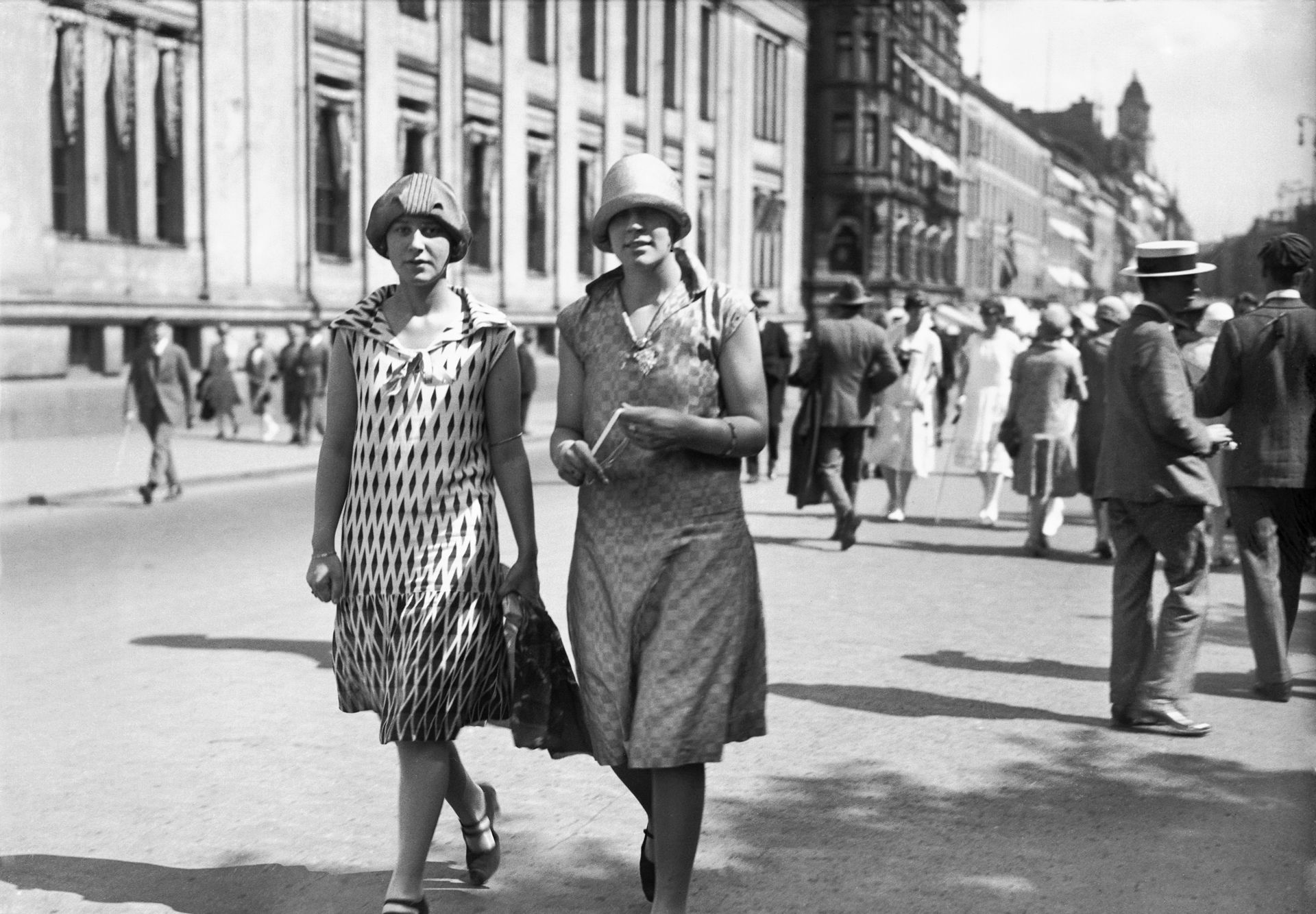
Life in Oslo in the 1920s: technological innovation, jazz, dance, and women’s liberation – but also social inequality, poor housing conditions, and political strife.